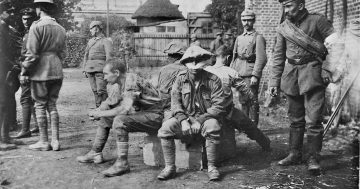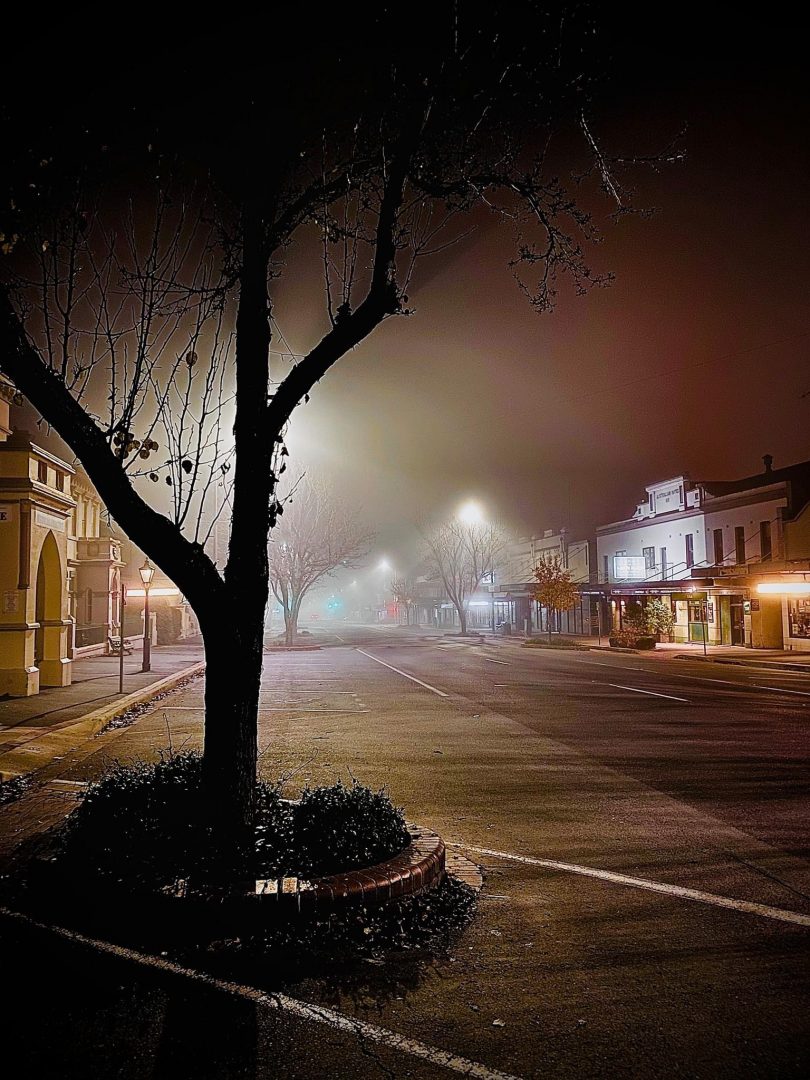
Summer is on its way, and with it daylight saving. Photo: File.
While many of us are looking forward to the luxury of a long weekend, one vital task awaits you: turn the clocks forward an hour as daylight saving begins.
The transition officially happens at 2 am on Sunday, 4 October so turn your clocks one hour forward when you go to bed on Saturday night. Daylight saving runs until 4 April 2021, when clocks are turned back again for the winter.
For many, the extra hour of daylight is a chance to go for a walk, garden, play a round of golf or simply enjoy the twilight hours after work, although there’s always an argument about whether the change is necessary.
Daylight saving’s history as a concept goes back more than a century to the citizens of Thunder Bay, Ontario, who took a collective decision to impose it locally in 1908. They were followed by the city of Regina, Saskatchewan in 1914 while Winnipeg and Brandon in Manitoba followed suit locally in 1916.
Germany and Austria were the first countries to introduce daylight saving in 1916, in the midst of the First World War. The war effort was a major factor in the decision: the rationale was that decreasing energy use would provide more resources for frontline production. Within weeks, the United Kingdom and France had made the same choice.
European nations largely reverted to standard time after the War, although the idea was resumed during the Second World War for similar reasons. Daylight saving was debated in the British Parliament in the intervening years but was vigorously opposed by many, especially rural constituencies.
The concept is not entirely modern, though. Ancient civilisations, including the Romans, used variable scales on their clocks to suit the available hours of sunlight.
In Australia, daylight saving was also first implemented nationally during the First World War and continued in the Second under Commonwealth defence provisions. In peacetime, Tasmania adopted the practice in 1968, followed in 1971 by NSW, Victoria, Queensland, South Australia and the ACT.
However, Western Australia and the Northern Territory have never adopted daylight saving, and Queensland abandoned it in 1972. Christmas Island and the Cocos Islands also keep standard time. Given that Australia is the sixth-largest nation in the world by landmass and has three different time zones, this presents ongoing issues.
Original Article published by Genevieve Jacobs on The RiotACT.












